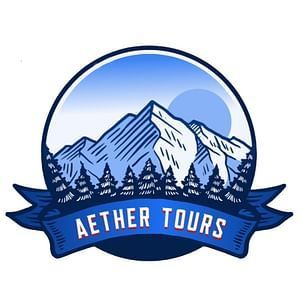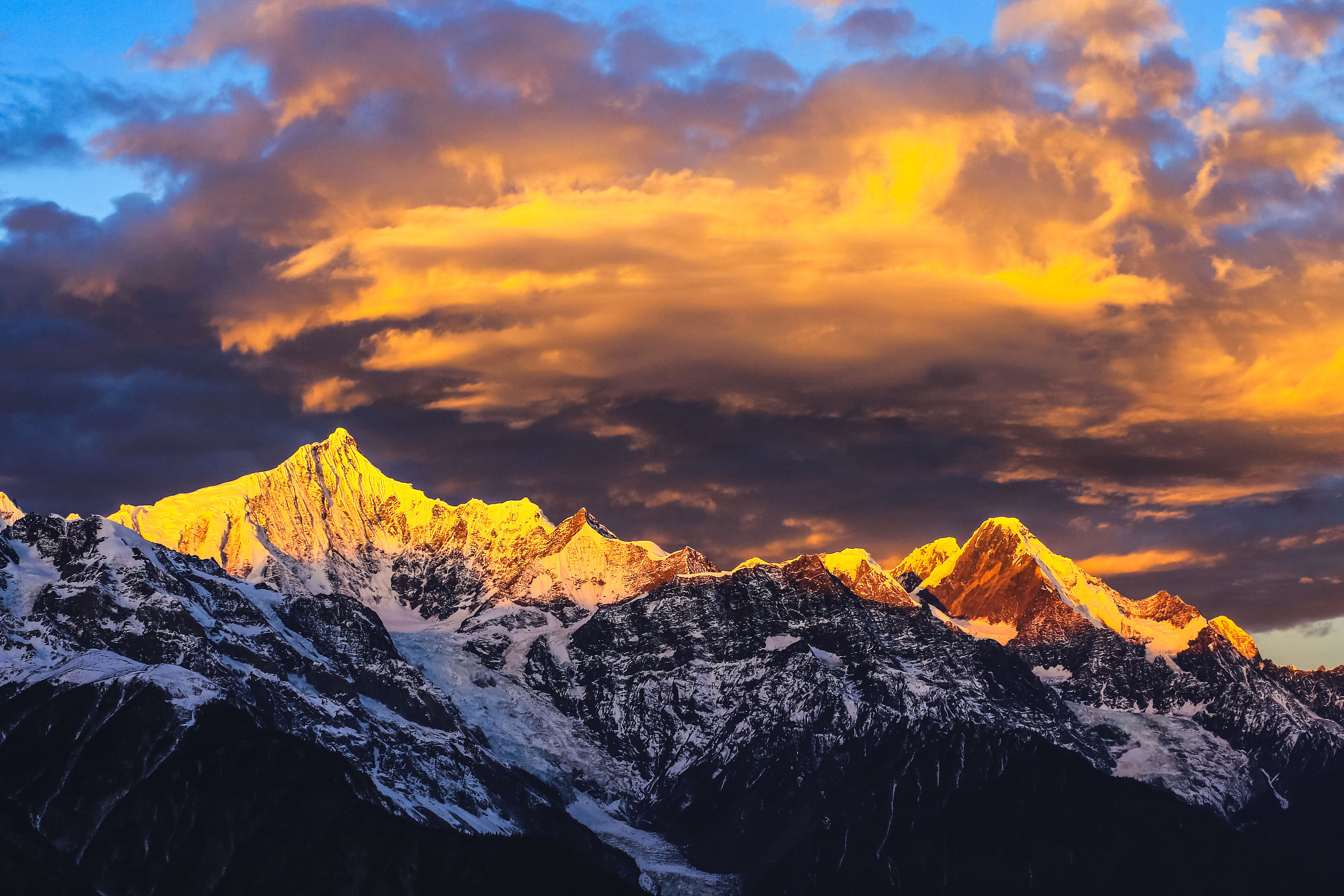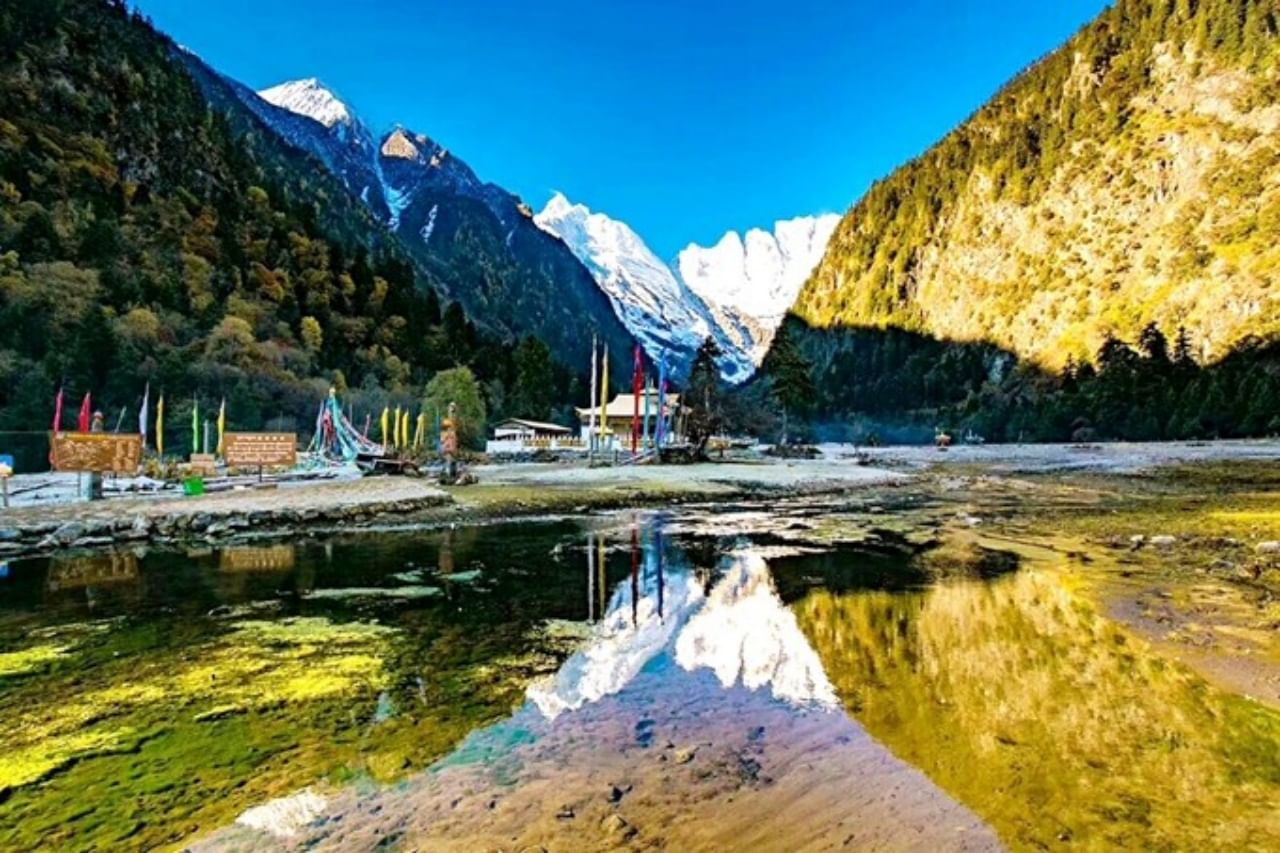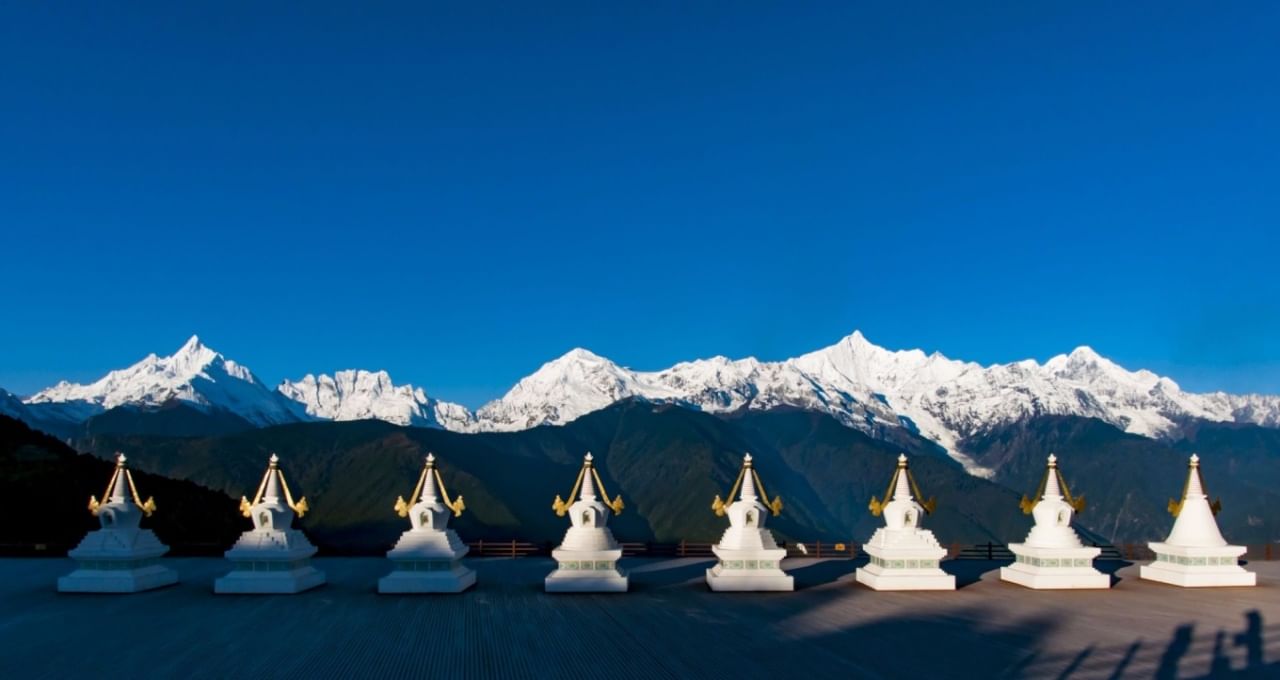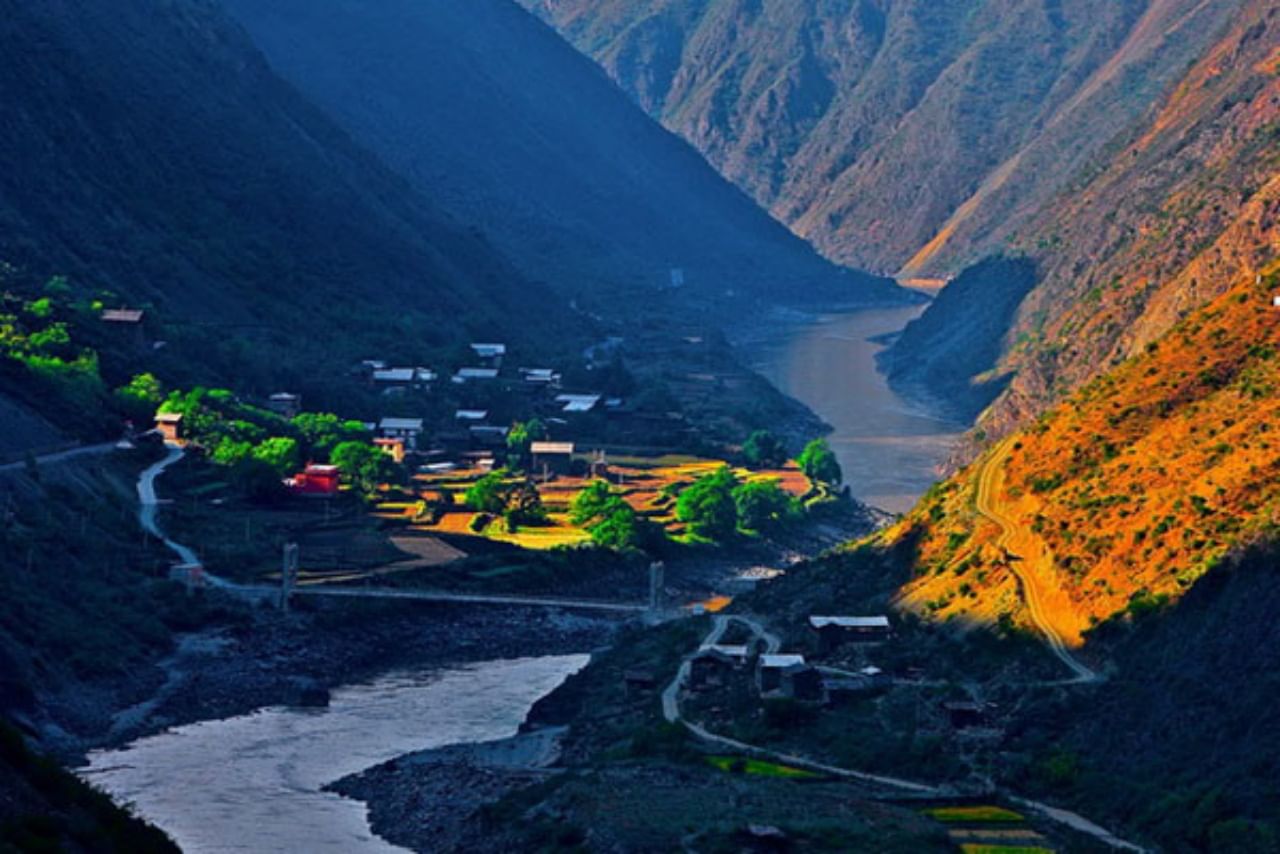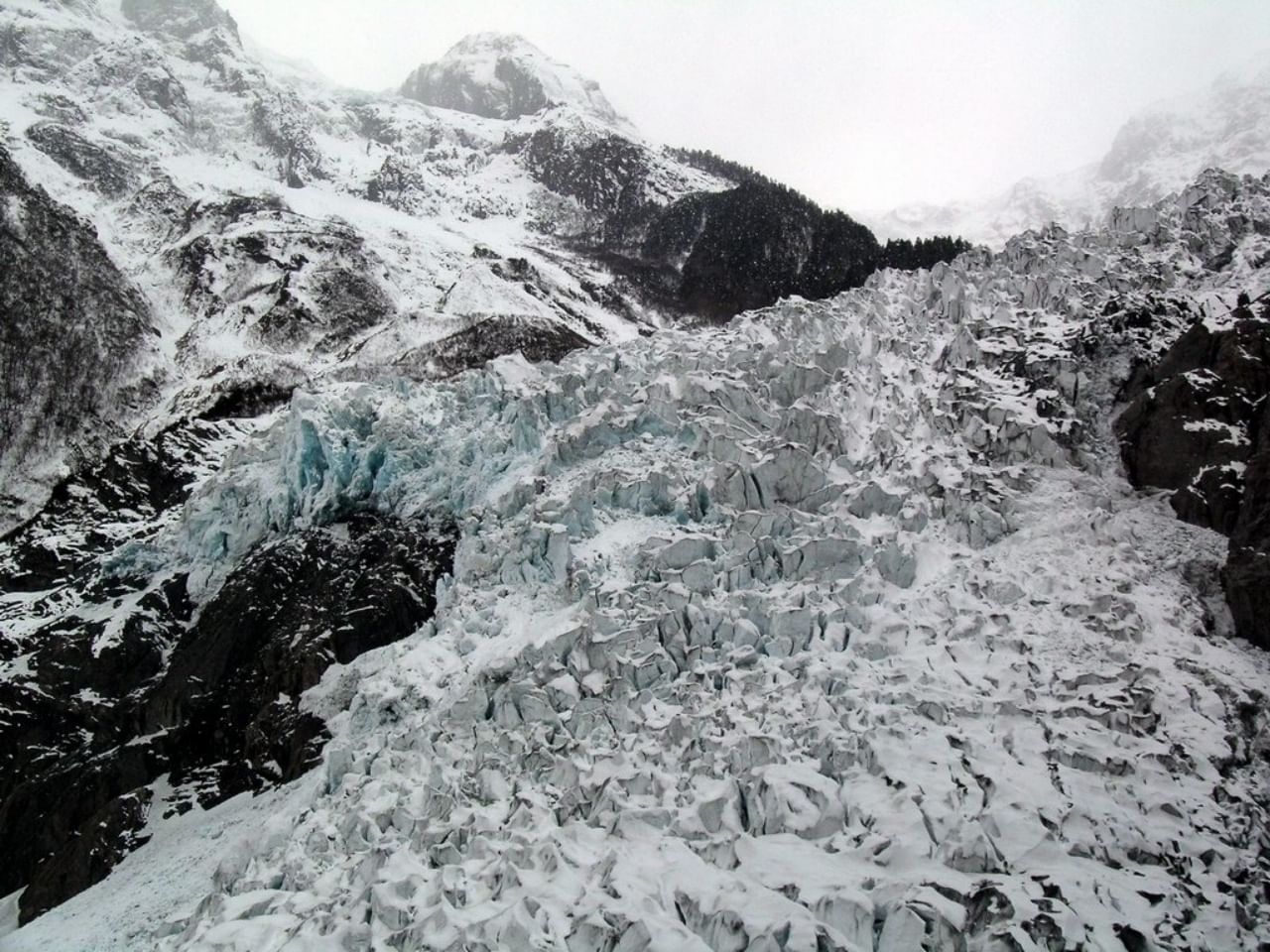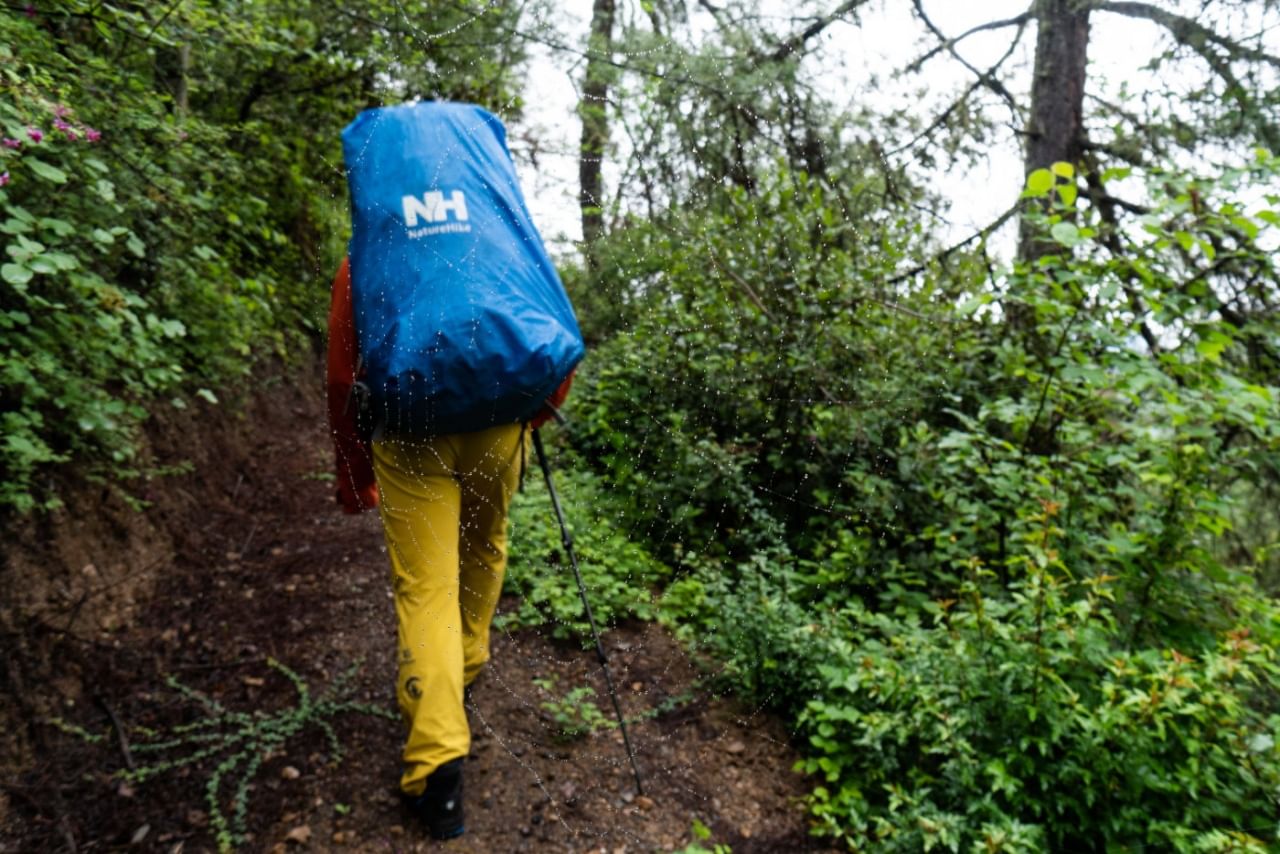Meili Snow Mountain Scenic Area Private Tour
10 hours
Easy
Discover the Meili Snow Mountain Scenic Area on a private guided tour from Shangri-La. Enjoy a local Tibetan lunch at a restaurant near Feilai Temple and visit the Feilai Temple.
Explore the Meili Snow Mountain Scenic Area on a private guided tour. Pass the Baima Snow Mountain, see the magnificent snow-capped mountains and canyons along the Ancient Tea Horse Road, and visit the Feilai Temple.
Be picked up from your hotel in Shangri-La City and drive to Meili Snow Mountain. As you pass the Baima Snow Mountain, which is more than 4000 meters above sea level, see the magnificent snow-capped mountains and canyons along the Ancient Tea Horse Road.
Go into the Meili Snow Mountain National Park and enjoy the natural scenery along the way. See the vast grasslands, the distant mountains, and leisurely grazing cattle and sheep. Take photos and feel the magnificent scenery of the plateau.
Arrive at the famous Feilai Temple and enjoy panoramic views of the Meili snow-capped mountains, especially the sacred Kagbo Peak. Visit the observation deck and see the wonders of Meili Snow Mountain.
Have lunch at a restaurant near Feilai Temple offering local Tibetan cuisine such as butter tea, highland barley cake, yak beef hot pot, and more.
After lunch, tour the scenic area of Feilai Temple, visit the temple architecture, and learn about its history and religious culture. Take a stroll on some of the observation trails in the scenic area to enjoy the beauty of Meili Snow Mountain from different angles.
On the way back to Shangri-La City, stop at some other tourist attractions such as the Mingyong Glacier Observation Deck (if time and road conditions permit). View the magnificent scenery of the glacier from a distance and learn about the formation and evolution of the glacier.
Stop at Napa Sea where the lakes and mountains complement each other and the cattle and sheep roamed freely in the meadows. Napa Sea is a seasonal lake in the plateau. The four seasons of Napa Sea have their own characteristics. In the late summer and early autumn, it is the rainy season. At this time, the water is large, and the Napa Sea is a large lake. The summer water is full, the grass grows with small flowers, and the sheep, cattle, and horses graze in groups, blending with the grasslands. The autumn grasslands are golden and the snow peaks are reflected in the lake. In the dry season of winter and spring, the lake surface shrinks or even dried up turning into a large swamp.
What's included?
- Private vehicle with pickup/dropoff
- Customized Itinerary
- English-speaking private guide (option)
- French/German/Italian/Spanish/Russian guide (extra fee)
- Malay/Indonesian/Thai/Vietnamese/Khmer guide (extra fee)
Exclusions
- Admission Tickets
- Tips and gratuities
- Meals and beverages
- Personal expenses
Please note
SPIRITUAL & CULTURAL SIGNIFICANCE
- Meili Snow Mountain is not just a natural wonder but a deeply revered spiritual site in Tibetan Buddhism. Kawagebo Peak, the highest point in the mountain range, is considered the Guardian Deity of the region, making it one of the most sacred peaks in Tibet.
- The entire area is a pilgrimage destination, and locals complete the Kawakarpo Kora (a sacred circumambulation) to honor their beliefs. Travelers should approach the site with respect for its cultural and religious importance.
UNPARALLELED SCENIC BEAUTY
- Meili Snow Mountain is part of the UNESCO-listed Three Parallel Rivers region, a globally recognized natural heritage site. The area offers breathtaking landscapes, including snow-capped peaks, alpine meadows, glacial rivers, and verdant alleys.
- Feilai Temple is the most popular spot for viewing the sunrise, where the golden light illuminates Kawagebo Peak in a display of nature’s artistry.
SEASONAL VARIATIONS & IDEAL TIMING
- Spring (Mar-May) - witness blooming wildflowers and lush greenery. Ideal for nature lovers and photographers.
- Autumn (Oct-Nov) - clear skies and vibrant foliage make this the best season for mountain views.
- Winter (Dec-Feb) - snow-covered peaks and tranquil surroundings create a magical winter wonderland, though some roads may be less accessible.
PHYSICAL & ALTITUDE CHALLENGES
- Scenic area ranges from 2,000 to 6,000 meters above sea level, and altitude sickness is a potential concern.
- Visitors are advised to spend in Shangri-La or similar high-altitude locations to acclimatize before the trip. Stay hydrated, avoiding alcohol, and pacing activities can help minimize symptoms.
UNIQUE CULTURAL EXPERIENCE
- The scenic area is home to rare wildlife such as Yunnan snub-nosed monkeys, snow leopards, and Himalayan flora. This region offers incredible opportunities for nature enthusiasts and photographers alike.
- Travelers can immerse themselves in Tibetan culture by visiting local villages, interacting with monks, or witnessing traditional festivals like Losar (Tibetan New Year).
- Yubeng Village, a hidden gem nestled in the mountains, offers unique insights into rural Tibetan life and access to natural wonders like the Sacred Waterfall and Ice Lake.
ENVIRONMENTAL & SUSTAINABLE TOURISM PRACTICES
- As an ecologically sensitive area, Meili Snow Mountain places a strong emphasis on sustainable tourism. Travelers are encouraged to respect “leave no trace” principles, minimize waste, and avoid activities that could harm the local environment or wildlife.
INTERESTING FACTS TRAVELERS MUST KNOW
- Sacred Peaks Unclimbed - Kawagebo Peak (6,740 meters) has never been summited, as climbing is banned out of respect for its sacred status. This makes it a rare, untouched mountain in the modern era of exploration.
- Three Parallel Rivers - the scenic area is located at the intersection of three of Asia’s great rivers—the Yangtze, Mekong, and Salween-an extraordinary geographical phenomenon.
- Sunrise Wonders - the sunrise at Feilai Temple is so famous that visitors from around the world often plan their schedules to ensure they don’t miss this iconic moment.
- Pilgrimage Culture - joining a section of the Kawakarpo Kora allows visitors to experience the spiritual journey undertaken by local Tibetan Buddhists.
- Rare Wildlife - the region is home to endangered species such as Yunnan snub-nosed monkeys, snow leopards, and vibrant alpine wildflower, making it a haven for nature enthusiasts.
DO’S & DON‘T FOR TRAVELERS
- Do’s
- Dress conservatively and avoid loud behavior in sacred spaces.
- Spend at least 1-2days acclimatizing in Shangri-La before ascending higher.
- To fully appreciate the sunrise, book accommodations close to the temple for easy access in the early morning hours.
- Stay hydrated and bring altitude sickness medication if necessary.
- Stick to marked trails and avoid disturbing the natural habitat.
- Don’ts
- Never point at the peaks or step onto areas deemed sacred by the locals.
- Do not attempt to climb Kawagebo or other peaks, as this is both culturally inappropriate and prohibited.
- If you experience symptoms of altitude sickness, such as dizziness or nausea, stop physical activities, rest, and consider descending to a lower altitude or let your guide know.
- Do not trek unprepared, especially during the rainy or snowy seasons, as trails can become slippery and dangerous.
- Take the time to enjoy the area’s natural beauty, engage with local culture, and explore hidden treasures like Yubeng Village at your own pace.
What to bring
CLOTHING & ACCESSORIES
- Layered Clothing - the mountain weather is unpredictable, with chilly mornings and evenings, even in summer. Pack thermal wear, sweaters, and a waterproof jacket.
- Comfortable Hiking Boots - durable, waterproof, and slip-resistant footwear is a must for trekking or walking on uneven terrain.
- Gloves, Scarf, & Hat - these are essential in colder months (Oct-Mar) to protect against frost and wind.
- Rain Gear - bring a compact raincoat or poncho as weather conditions can change quickly.
- Sleepwear for Cold Nights - if staying overnight in nearby accommodations, pack warm and comfortable sleepwear.
- Sunglasses & Sunscreen - UV exposure is stronger at high altitudes, so protect your skin and eyes.
- Respectful Clothing - if visiting local villages or temples, pack modest, long-sleeved clothing that aligns with local customs.
PERSONAL HYGIENE & COMFORT
- Tissue Paper & Wet Wipes - useful for bathroom breaks in remote areas or cleaning up after meals.
- Hand Sanitizer - essential for maintaining hygiene when soap and water aren’t available.
- Travel Pillow - ideal for long drives to and from the scenic area.
- Moisturizer - prevent skin dryness caused by cold and windy conditions.
- Insect Repellent - useful in lower-altitude areas or during the summer months.
ALTITUDE & HEALTH ITEMS
- Altitude Sickness Remedies - bring medication such as acetazolamide (consult your doctor) or herbal options to alleviate symptoms.
- First Aid Kit - include band-aids/plaster, antiseptic wipes, painkillers, and any personal medications.
- Lip Balm - keep your lips moisturized as the dry mountain air can cause chapping.
- Oxygen Canister (optional) - for those highly sensitive to altitude, portable oxygen canisters can provide relief.
OTHER ESSENTIALS
- Power Bank - essential for charging devices during long days of travel or trekking, as cold weather can drain battery life faster.
- Travel Snacks - beyond energy bars, consider bringing local dried fruits, nuts, or comfort foods that you enjoy.
- Local Currency (Cash) - ATM’s may not be readily available in remote areas. Carry small denominations for village purchases or other expenses.

